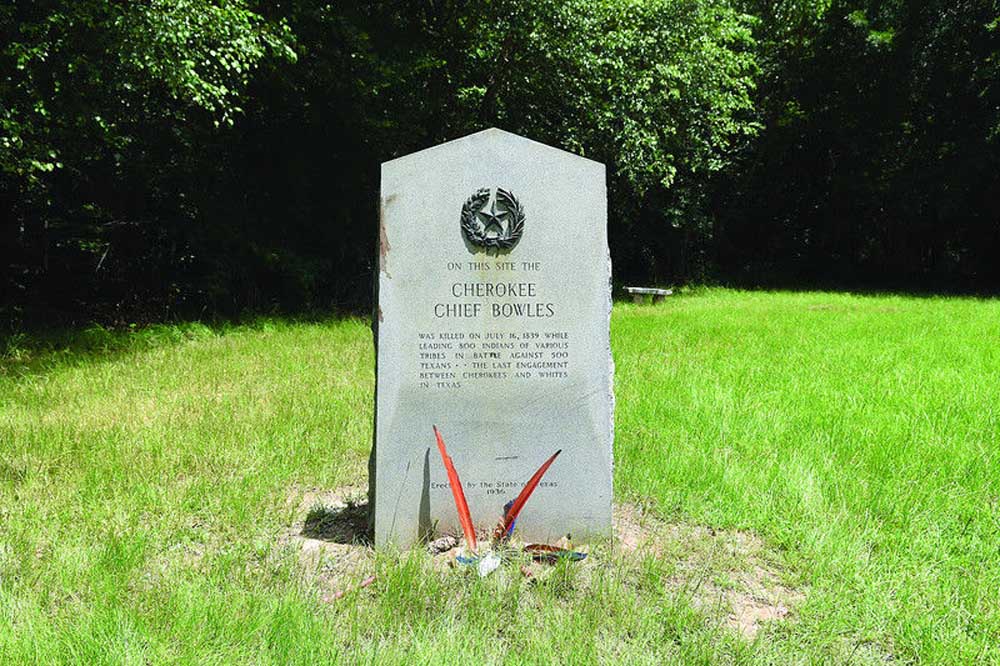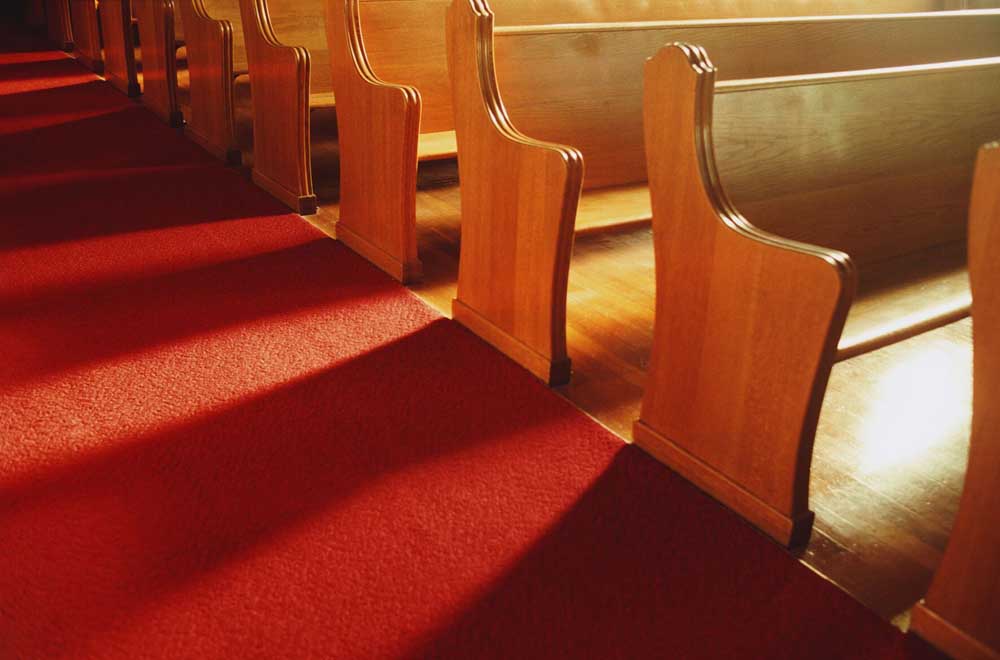Authors look to Chief Bowles Memorial, Battle of the Neches anniversary for inspiration
Published 3:26 pm Saturday, July 16, 2016

- The Chief Bowles monument is pictured Saturday July 16, 2016 at the site of the Battle of the Neches. The memorial marks the site where Cherokee Chief Bowles was killed on July 16, 1839, while leading 800 Indians against 500 Texans. (Sarah A. Miller/Tyler Morning Telegraph)
On the anniversary of the death of the Cherokee Chief Di’Wali Bowles, dozens came to the memorial in his honor.
Largely forgotten and located deep in the Piney Woods of East Texas, the memorial sits a few miles off of State Highway 64 just east of Ben Wheeler.
Trending
Bowles led a coalition comprised of some of the last Native American tribes in East Texas during the Battle of the Neches.
The American Indian Cultural Society now manages the land. The anniversary of the Battle of the Neches is now a day for fellowship and storytelling.
Author Stephen Moore has been visiting the site for years, beginning with a research expedition for this novel The Last Stand of the Texas Cherokees. During that trip he became part of the land’s history by rediscovering the path the battle cut through the hilly country.
“We started searching and trying to find any artifacts. We found a lot of modern artifacts, maybe as old as World War I,” Moore said. “So I went back to the maps and history and there was a big, significant hill where the battle took place and I thought, maybe we’re looking at the wrong hill.”
With the help of a metal detecting company, Moore was able to track the signs of the fighting to a neighboring piece of land. With the owner’s blessing, they began searching the large hill and found a wealth of artifacts related to the battle.
As the battle wore on, Bowles would eventually order his people to retreat. The chief stood his ground while they fled.
Trending
“I think the marker is fairly accurate of where Chief Bowles fell as they were routed near the end of the battle,” he said.
Hunter Taylor was also in attendance, hoping to learn more about the land. Her next historical fiction novel will follow the exploits of Bowles and what she calls a forgotten part of Texas history.
“I think there is a big hole in Texas History,” she said. “We know a lot about the Alamo, about San Jacinto, about the fight for Texas Independence. It’s very well documented. There’s a large hole and that is the story of the Texas Cherokee and what led up to the Trail of Tears.”
Growing up as a sixth generation Texan has given Taylor a passion for the state’s history and a desire to tell stories about the lives of early Texans, not just the events.
“Broken promises, broken treaties, broken hearts and minds – but never a broken people,” she said. “I think this particular place personifies a lot of the broken dreams and friendships. It personifies holding fast to what you believe in and your culture.”
For more information about the Chief Bowles Memorial, visit facebook.com/American-Indian-Cultural-Society-146738318845307/
Twitter: @TMT_Cory






